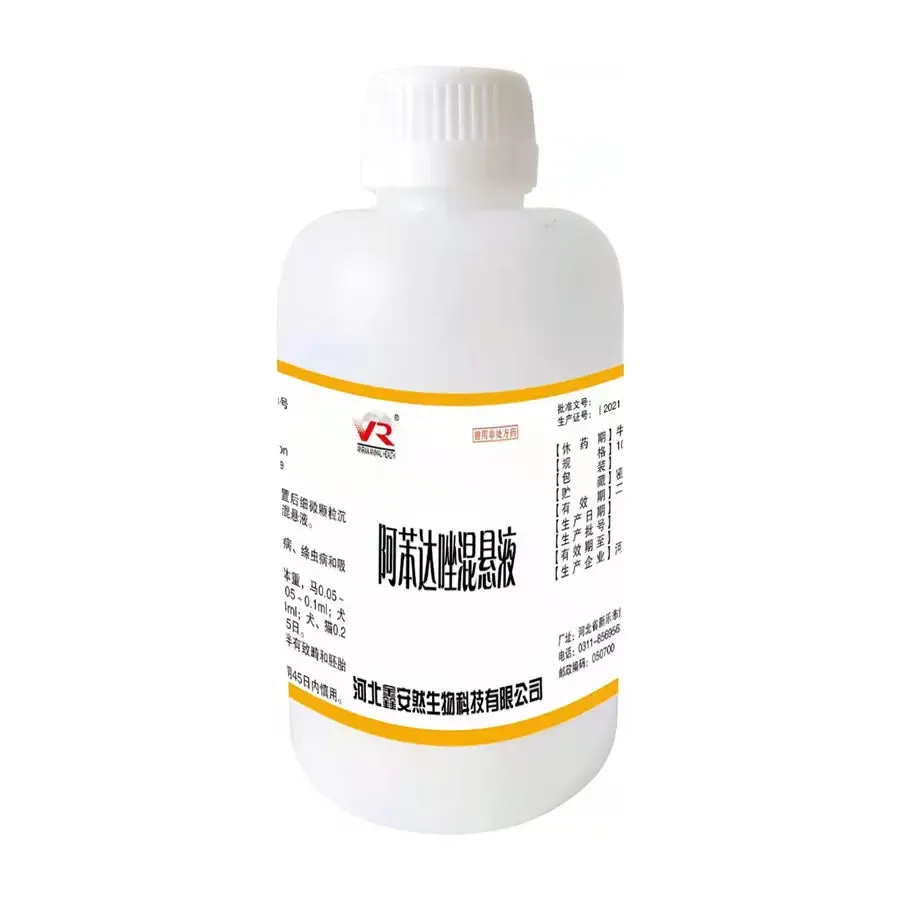- Afrikaans
- Albanian
- Amharic
- Arabic
- Armenian
- Azerbaijani
- Basque
- Belarusian
- Bengali
- Bosnian
- Bulgarian
- Catalan
- Cebuano
- Corsican
- Croatian
- Czech
- Danish
- Dutch
- English
- Esperanto
- Estonian
- Finnish
- French
- Frisian
- Galician
- Georgian
- German
- Greek
- Gujarati
- Haitian Creole
- hausa
- hawaiian
- Hebrew
- Hindi
- Miao
- Hungarian
- Icelandic
- igbo
- Indonesian
- irish
- Italian
- Japanese
- Javanese
- Kannada
- kazakh
- Khmer
- Rwandese
- Korean
- Kurdish
- Kyrgyz
- Lao
- Latin
- Latvian
- Lithuanian
- Luxembourgish
- Macedonian
- Malgashi
- Malay
- Malayalam
- Maltese
- Maori
- Marathi
- Mongolian
- Myanmar
- Nepali
- Norwegian
- Norwegian
- Occitan
- Pashto
- Persian
- Polish
- Portuguese
- Punjabi
- Romanian
- Russian
- Samoan
- Scottish Gaelic
- Serbian
- Sesotho
- Shona
- Sindhi
- Sinhala
- Slovak
- Slovenian
- Somali
- Spanish
- Sundanese
- Swahili
- Swedish
- Tagalog
- Tajik
- Tamil
- Tatar
- Telugu
- Thai
- Turkish
- Turkmen
- Ukrainian
- Urdu
- Uighur
- Uzbek
- Vietnamese
- Welsh
- Bantu
- Yiddish
- Yoruba
- Zulu
8 月 . 07, 2024 14:35 Back to list
Effective Albendazole Suspension for Intestinal Parasite Treatment in 20 ml Dosage Formulations
Understanding Albendazole Suspension A Comprehensive Overview
Albendazole is a broad-spectrum anthelmintic medication widely used to treat various parasitic infections. In its suspension form, particularly the 20 ml dosage, it has become a cornerstone in the management of conditions caused by helminths (worms), including but not limited to ascariasis, hookworm infections, and echinococcosis. This article explores the significance, mechanism, administration, and safety profile of albendazole suspension.
Mechanism of Action
Albendazole belongs to the benzimidazole class of drugs, which work by inhibiting the uptake of glucose by helminths, leading to their energy depletion and death. The drug binds to the parasite's beta-tubulin, disrupting microtubule formation, an essential process for cellular functions, metabolism, and reproduction. This action not only targets adult worms but also prevents the development of larvae, making it effective against both mature and immature forms of parasites.
Indications for Use
Albendazole suspension is indicated for a variety of parasitic infections. In children, it is commonly prescribed for the treatment of ascariasis (roundworm infection), enterobiasis (pinworms), and hookworm infections. It is also effective in managing infections caused by tapeworms and certain tissue parasites, such as those responsible for cystic echinococcosis. As resistance patterns evolve among parasites, albendazole remains a preferred option due to its efficacy and safety.
Dosage and Administration
albendazole suspension 20 ml

The 20 ml suspension of albendazole is designed for ease of administration, especially in pediatric populations. Dosage typically depends on the age, weight of the patient, and the type of infection being treated. For instance, children under two years of age, weighing less than 10 kg, may receive an adjusted dose, whereas older children and adults are prescribed higher amounts.
The medication is usually taken orally, and it is advised to administer it after a meal to enhance absorption. It is important to shake the suspension well before use to ensure uniform distribution of the drug within the liquid.
Safety and Side Effects
Albendazole is generally well-tolerated, but like all medications, it can cause side effects. Commonly reported adverse reactions may include gastrointestinal disturbances such as nausea, vomiting, abdominal pain, and diarrhea. Rarely, more severe side effects such as allergic reactions or liver function abnormalities may occur, necessitating medical attention.
Before initiating treatment, it is crucial to assess for any pre-existing conditions such as liver disease, since this can impact the drug's metabolism. It is also recommended to avoid use during pregnancy unless the benefits outweigh the risks, as the drug may have teratogenic effects.
Conclusion
Albendazole suspension, particularly in its 20 ml form, represents a significant advancement in the treatment of various parasitic infections. Its mechanism of action, ease of use, and established safety profile make it a valuable asset in pediatric care and beyond. With the ongoing need to combat parasitic diseases, the role of albendazole remains vital, and patient education on its use and potential side effects will further enhance its efficacy in clinical practice. Health care providers must remain vigilant to ensure that patients receive the appropriate dosage and monitoring during treatment, maximizing outcomes and minimizing adverse effects.
-
The Power of Radix Isatidis Extract for Your Health and Wellness
NewsOct.29,2024
-
Neomycin Sulfate Soluble Powder: A Versatile Solution for Pet Health
NewsOct.29,2024
-
Lincomycin Hydrochloride Soluble Powder – The Essential Solution
NewsOct.29,2024
-
Garamycin Gentamicin Sulfate for Effective Infection Control
NewsOct.29,2024
-
Doxycycline Hyclate Soluble Powder: Your Antibiotic Needs
NewsOct.29,2024
-
Tilmicosin Premix: The Ultimate Solution for Poultry Health
NewsOct.29,2024













